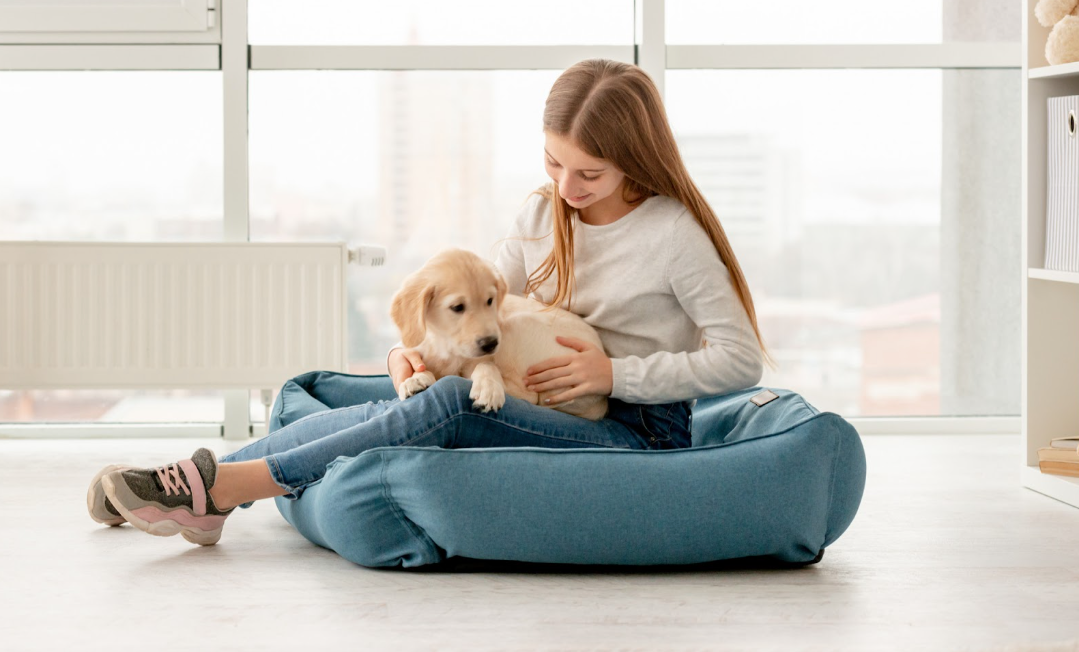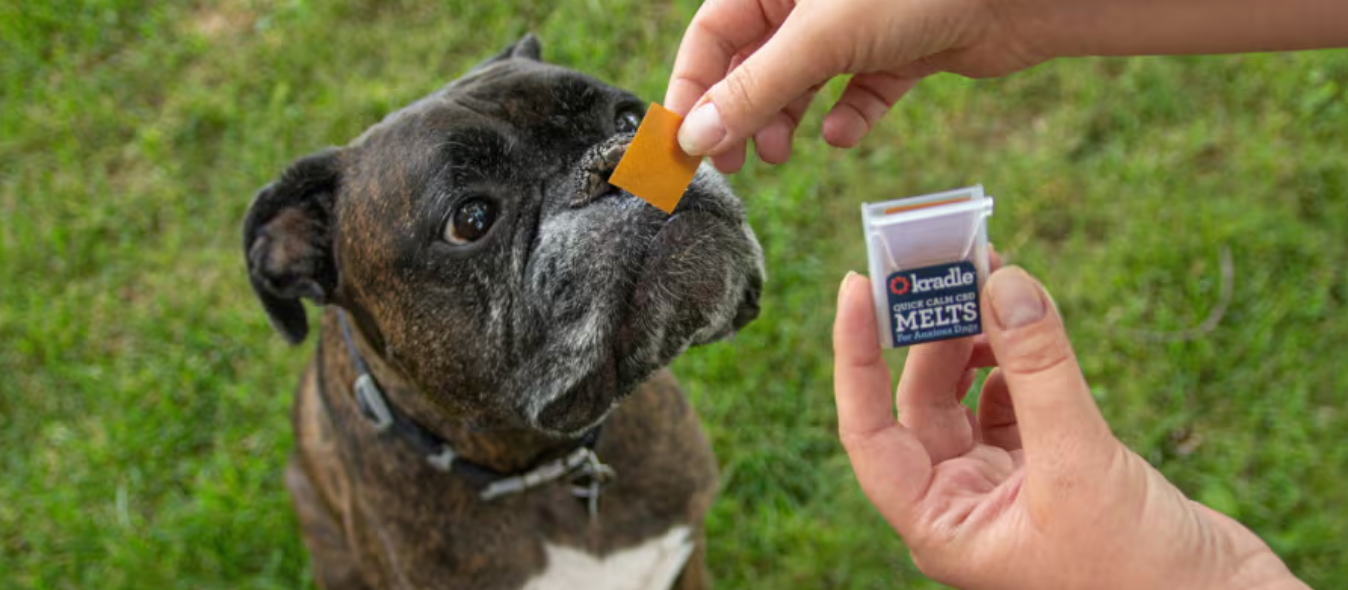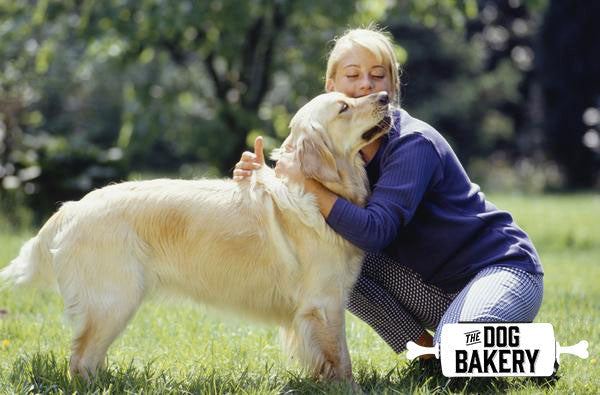 Featured image by Open Arms
Featured image by Open Arms
Deciding to get a dog when you have children of any age is an important decision and one we know you won’t make lightly. While adding a dog - no matter the age - to a family with children can be a rewarding and amazing experience both for the dog and the child, there are many factors to consider. The same goes for families that already have a dog and are planning to or are already pregnant. In this case you’re likely already considering how your new human addition will warm to your resident fur child. No matter which situation you’re in, there’s a host of available information out there on how to best acclimate your new brood so that everyone is getting everything they need. We know this is a sensitive and serious subject matter, and wanted to round up our own best tips for how to teach kids to best interact with dogs!
 Photo by Barney Moss
Photo by Barney Moss
- Supervise and monitor. Even if your dog is the most gentle, sweet pup around who you haven’t seen any issues from, you’ll want to make sure you keep time spent between your children and your dog supervised. This is especially true for dogs getting to know new kids but should remain true for when you’re adopting a new pup as well. As children get older, tips you’ve taught them early on will become easier for them to remember and replicate over time, so it’s important to set those guidelines up from the start so that they begin to understand the best way to interact with their pup. Obviously, even if meant in a sweet way, most dogs don’t understand or like being chased, pulled and prodded. Many young kids might be prone to coming up behind a dog or petting it too hard. Teaching your children to always approach a dog head on and to be gentle when interacting with them will help your dog feel at ease with tiny humans.
- Teach proper manners. Once your child knows how to approach your dog, let them know not to hover over them, and to play calmly. Avoid eye contact and refrain from letting your child pick your dog up, even if they are small. Explain that the dog likes to be left alone at times, and that it’s important to give your pup personal space that should be respected, especially if they are sleeping or eating or playing with a bone. You can use the age old “treat them how you would like to be treated.”
 Photo by Rob Bixby
Photo by Rob Bixby
- Set them up for tougher scenarios. When your family is out for a walk or at the park, let your child know how best to approach new dogs (always check with the owner first) and make sure that they gently understand that not at all dogs are to be approached or played with. We know you never want to scare your child (or neither do we!) but it’s important that they understand that even when their dog at home is great with them, that doesn’t mean that all dogs out in the world will be the same. Just like we can’t anticipate that all humans will be approachable and nice in social situations, neither are animals! Your kids will mimic your own behavior, and so if they hear you always checking, “can I pet your dog?” they will know to do this as well. Remind your child not to run up to dogs, whether at home or in public, and to keep their hands at their sides, letting the dog sniff them first. Stand tall (never crouching to the dog's level) and watch their tail and body language as you and/or your child engages with the dog. It’s also good to let your child know to never stick their fingers through a fence or crate with a dog on the other side. You can also talk to your child about how to respond in situations with the dog where they are worried that they might get bit or attacked. A popular method is to tell them to act like a “tree” (stand still and stare straight ahead until the dog leaves) or act like a “rock” if seated (curl up in a ball keeping his/her hands over their ears.) They can throw a backpack or coat off of themselves so the dog is distracted with investigating that item until they calm down.
- Allow your child to become part of the routine. When possible, it’s great to let children be involved in the care, feeding, grooming and training of your pet. This instills both responsibility in the child and trust in the pet for the child being part of the pack. You could consider having a list of daily pet chores that the child can check off. Where feeding is concerned, be sure to monitor any interactions and to not leave food or water bowls out afterwards where kids can access them and play.
- Reward good behavior. Just as we train our dogs with positive reinforcement, you can work with your child in the same way. When your child plays gently with the dog and approaches them in the right way, be sure to let them know! When they continue to do it right and see that they get good results each time (both from you and the pup), they’ll begin to understand that this is the proper way to interact.
 Photo by Tara Gamby
Photo by Tara Gamby
- Respect Fido! We get it - your kid is your life and you want your dog to love them and respect them in the same way you do. But dogs are still animals, and it’s important to respect them and their nature as well. How a dog feels about children varies greatly, and is not always based solely on their breed or age or even whether they’ve been around children before. That’s why it’s always important to have precaution no matter your preconceived notions of the dog. Try not to force interactions between your canine companion and your child, as this could lead to negative feelings or anxiety for your dog. Let your child know that quick and/or loud movements or noises can frighten animals, and that it’s important to create a quiet and safe place for your dog.
- Be prepared. If your dog continues to have issues, showing any signs that set off alarm bells for you, be prepared to call in a trainer or behaviorist who are equipped to help you deal with the issue. One of the first things they will likely suggest is making sure your dog has a safe and happy place to retreat you when they need space, whether it’s a crate or comfy bed or dog door that goes outside, where they can go when they need a little time alone. You can then make sure your child understands to give the dog space when they are in that place.
Bringing a baby home to a dog? Before the baby arrives at the house, it’s a good idea to let your pet smell blankets or clothing so that they become accustomed to the new smells. You can also play recordings of babies crying and run any new equipment like a swing so that they get used to the new sounds. Consider having a baby gate leading into the baby’s room instead of closing the door, so that the dog can still keep them in sight and not feel isolated. Never force interaction, and introduce them slowly. Be sure to arrange solo time with you and your pet too, perhaps while baby is napping. This helps them feel at ease during a time when they will likely not be getting the same amount of attention that they are used to.
Studies have shown time and again that dogs are an excellent tool in teaching children respect, empathy, responsibility and gentleness, traits that will serve them well throughout their lives. A bond between an animal and their young human can last a lifetime and enrich the life of both the pet and the child in ways nothing else will. Setting both of them up for success early on can be critical in keeping this bond safe and ensuring that it lasts.
Want tips on how to train your dog to properly interact with your kiddos? Check out our reverse of this story here. In the comments below, tell us your own experiences and advice for introducing and acclimating children to life with a dog at home!






